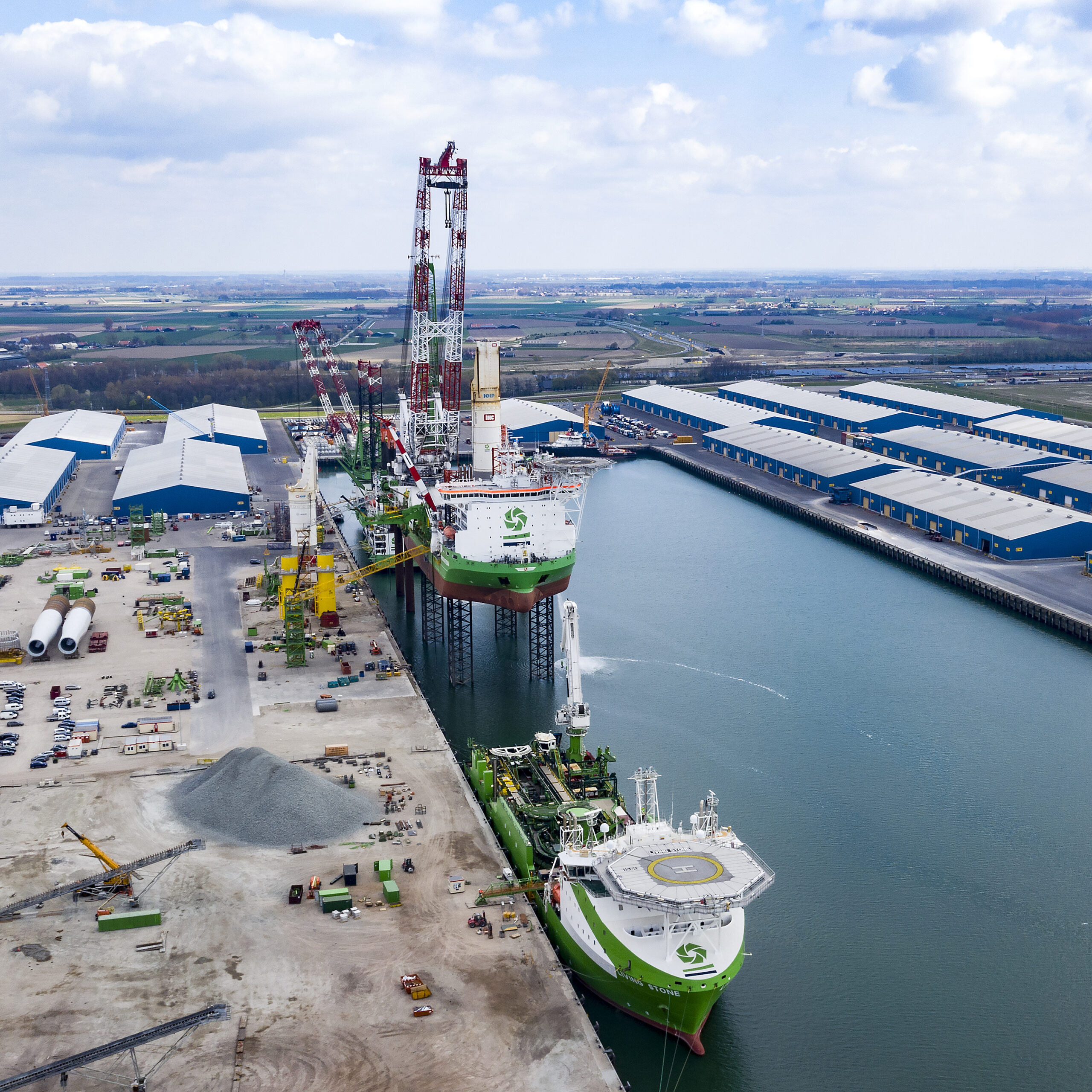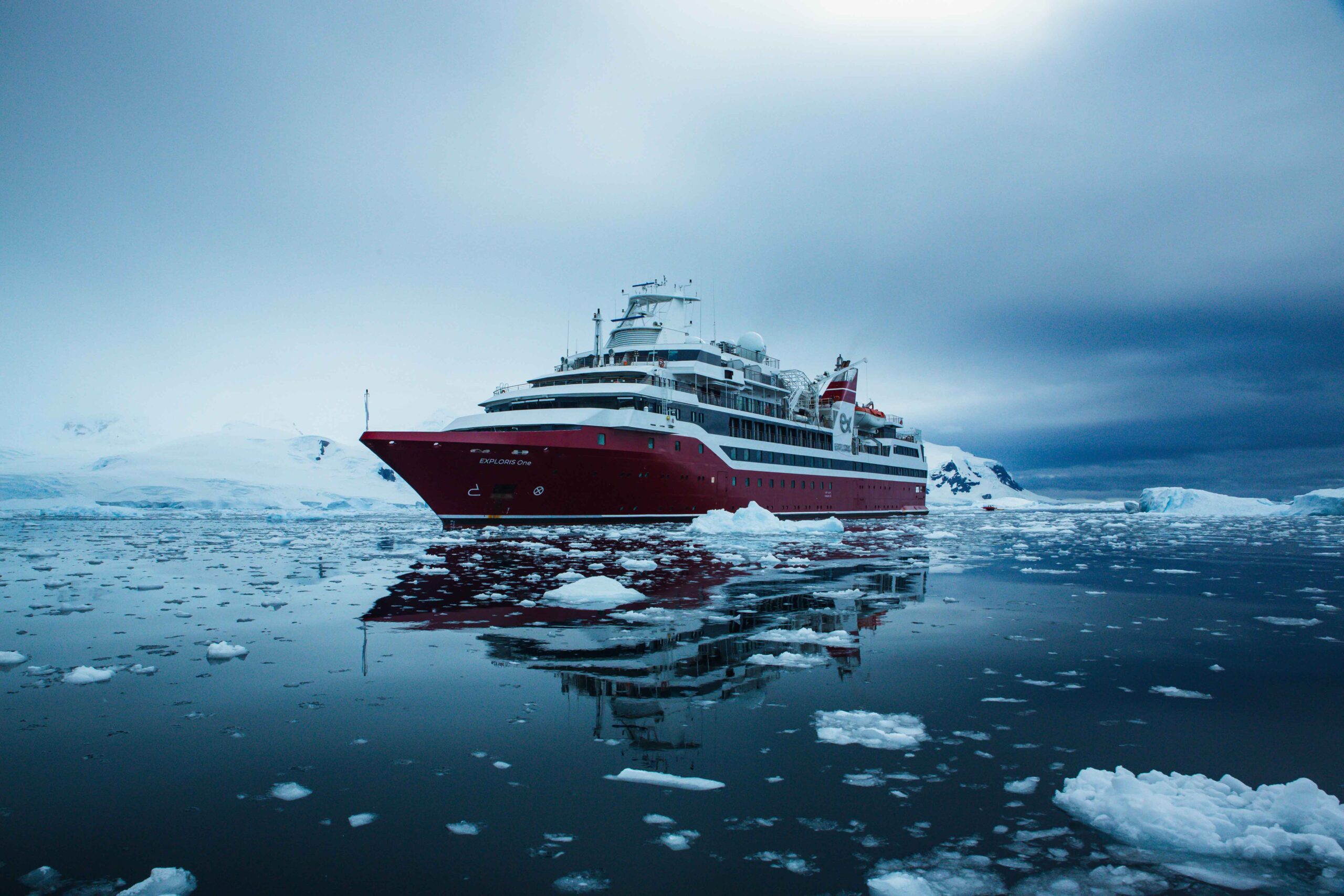The Canadian Coast Guard’s vessel Ann Harvey will be equipped with new propulsion generators, which will contribute to the vessel’s reliability for many years to come.
The technology group Wärtsilä will support the 1100 Class High Endurance Multitask Vessels operated by the Canadian Coast Guard, to renew their current propulsion generators. These vessels serve for buoy tending, search and rescue and icebreaking in each of the three Region of the Canadian Coast Guard. The new, more modern propulsion generators will contribute to the vessel’s reliability for many years to come. Furthermore, the standards of engineering and fuel consumption for the new engines will lead to reduced operational costs and lower emissions.
Wärtsilä and Public Services and Procurement Canada signed the agreement for the replacement of the diesel engines and the integration engineering on board in July 2017. The contract covers one vessel but also allows for the five additional 1100 Class vessels and for an engine for the CCG’s College in Sydney, NS to be used for training of future Coast Guard engineers and technicians.
Operating in arctic weather conditions, the Coast Guard requires equipment that meets the highly demanding operations of an icebreaker vessel. For these vessels, built from 1985 to 1987, reliability is an essential element for the remaining lifecycle. Wärtsilä won the public bid by offering the lowest total cost of ownership in 15 years of operation combined with a strong service presence and long-term availability of parts.
Operating 114 vessels and 23 helicopters, the Coast Guard is responsible for programs and services that contribute to the safety, security, and accessibility of Canada’s waterways such as marine search and rescue, aids to navigation, icebreaking, marine pollution response and providing support for other initiatives of the Canadian government.
The Wärtsilä engines will be capable of doing a load step of 43%, as required by an icebreaker, and operate in cold air conditions at full load where the air temperature can fall as low as -30° Celsius and rise as high as +45° Celsius.
“This order is highly significant for both the Canadian Coast Guard and Wärtsilä. We will ensure reliable operations for the CCG for many years to come,” says Rumi Mistry, Managing Director, Wärtsilä Canada. “Wärtsilä has had a long-term relationship with the Canadian Coast Guard, and we are happy that this partnership will continue long into the future as well.”
Unlock Exclusive Insights Today!
Join the gCaptain Club for curated content, insider opinions, and vibrant community discussions.

 Join The Club
Join The Club













